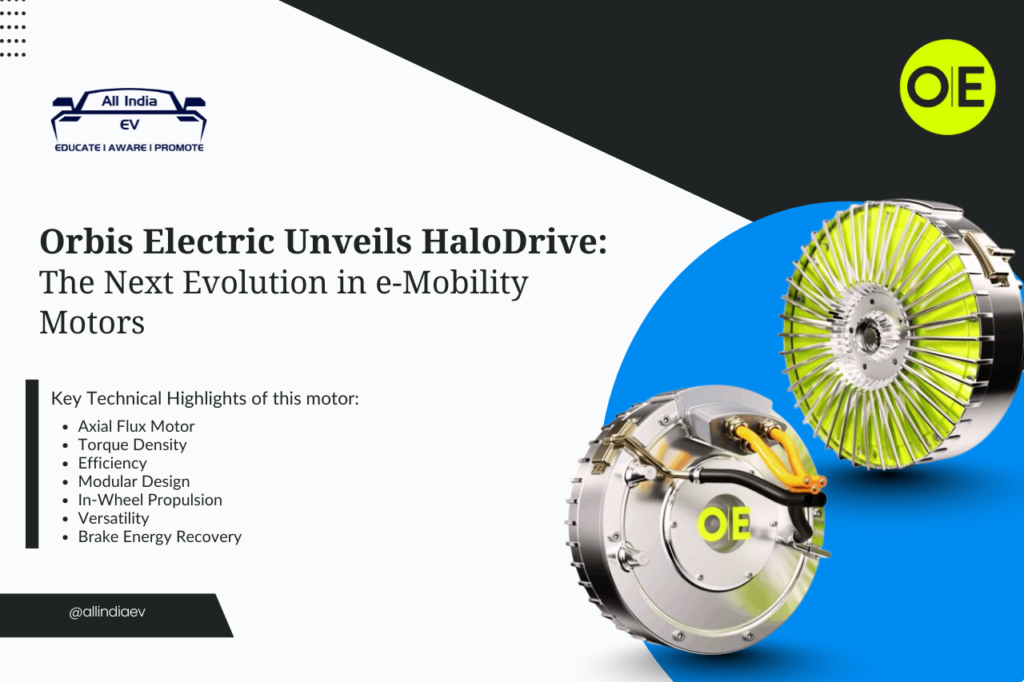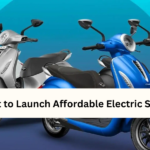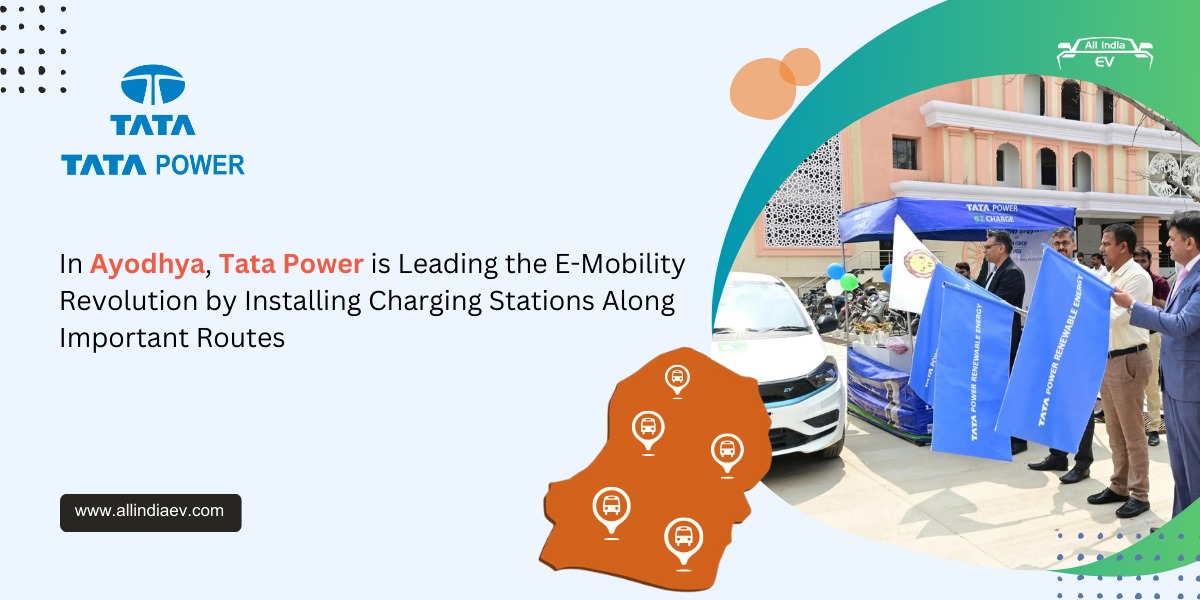
Orbis Unveils HaloDrive: Advanced Axial Flux Motor Promises Higher Efficiency for Commercial EVs
Orbis Electric has launched the HaloDrive, a cutting-edge axial flux electric motor designed to revolutionize commercial and industrial electric vehicles (EVs). With 97% efficiency, 100 Nm/kg torque density, and 20% extended range via in-wheel integration, this motor is set to redefine the EV drivetrain landscape.
What Makes HaloDrive Different?
Unlike traditional radial motors, HaloDrive uses axial flux architecture—a flat disc-shaped design where torque is produced along a shorter magnetic path. This results in:
- Higher torque density
- Lighter and more compact motor design
- Greater energy efficiency
Key Technical Highlights of Orbis HaloDrive
- Torque Density: Delivers 100 Nm/kg, offering more power per unit of weight, which is especially valuable for space-constrained commercial vehicles.
- Efficiency: Operates at up to 97% electrical-to-mechanical conversion efficiency, making it ideal for fleet vehicles with demanding duty cycles.
- In-Wheel Motor Integration: The motor mounts directly inside the wheels, reducing vehicle weight and complexity, while boosting driving range by 20%.
- Modular Construction: The HaloDrive features a four-part system with an injection-molded plastic stator, enabling faster assembly, reduced weight, and lower manufacturing costs.
- Multi-Application Use: Beyond EVs, it can function as both motor and generator—suitable for marine, aerospace, and refrigeration units.
- Regenerative Braking Support: Capable of brake energy recovery, it can power onboard systems such as refrigerated cargo units, reducing the need for diesel-based refrigeration.
Axial Flux: The Future of Compact Power?
Axial flux motors are increasingly seen as the next frontier in EV powertrains thanks to:
- High torque output in smaller packages
- Better suitability for in-wheel and low-floor vehicle architectures
- Improved energy efficiency compared to radial motors
However, challenges remain:
- Cooling complexities
- Need for precise manufacturing
- Higher material and production costs
What This Means for India’s EV Industry
As India accelerates its transition to electric commercial transport, innovations like Orbis’s HaloDrive can play a pivotal role in improving range, reducing operational costs, and boosting overall efficiency. In-wheel motors, in particular, offer a compelling solution for urban delivery vans, e-buses, and compact logistics fleets.
With commercial EV adoption rising across India, such high-efficiency, compact powertrains could be critical enablers of scalable, clean mobility.
Looking Ahead
Can axial flux motors become the mainstream EV drivetrain by 2030? Will in-wheel motors become standard in future electric trucks and buses? As production scales and technology matures, the answers may lie just around the next corner.










